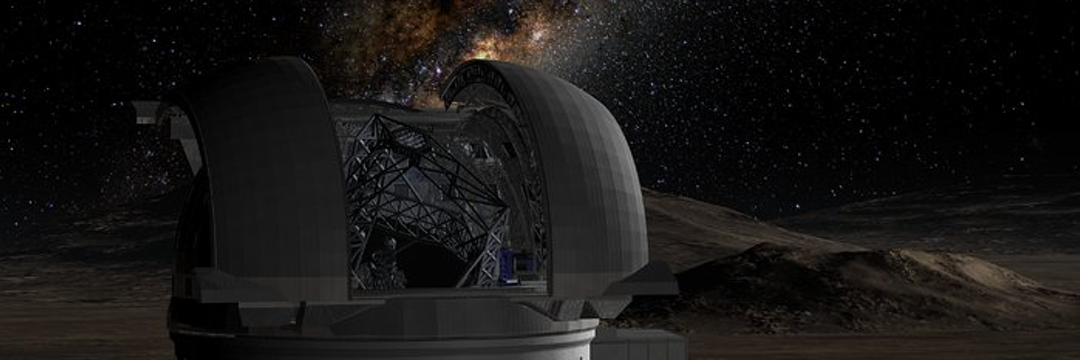
The Soviet Union had a bold plan to begin space colonization with a base on the Moon
This project, which began in 1962, was officially called “Zvezda” (“Star”) and “Columbus,” but was also known as “Barmingrad,” after its creator, engineer Vladimir Barmin.
The plan was to first explore the Moon with automated vehicles and lunar rovers to study the terrain.
Then, spacecraft would deliver modules to the chosen location.
Each module weighed 18 tons, was 3.3 meters in diameter, and when folded, measured 4.5 meters in length.
Upon reaching the Moon, it would unfold to 8.6 meters.
A prototype of these modules was built and tested in 1967.

In total, there would be nine modules
a command post, a laboratory, a warehouse, a workshop, a medical center with a gym, a kitchen with a dining room, and three living compartments for up to 12 people.
Once installed, the modules would be covered with lunar soil, called regolith, to protect against radiation, temperature changes, and small meteorites.
The base would be powered by a nuclear reactor.
To explore the lunar surface for scientific purposes, astronauts would use a special “lunar train,” well-protected from the elements.
This train could travel at up to 5 km/h and carry out autonomous missions lasting up to 60 days.
Despite being an incredible project, the lunar base was never built.
The cost, estimated at 50 billion rubles (about $80 billion at the time), was too high for the Soviet Union, and the plan was abandoned.
Published in 05/17/2025 08h58
Text adapted by AI (Grok) and translated via Google API in the English version. Images from public image libraries or credits in the caption. Information about DOI, author and institution can be found in the body of the article.
Reference article:
| Geoprocessing Drone Systems HPC |

| ERP and CRM Systems Mobile Systems AI |


